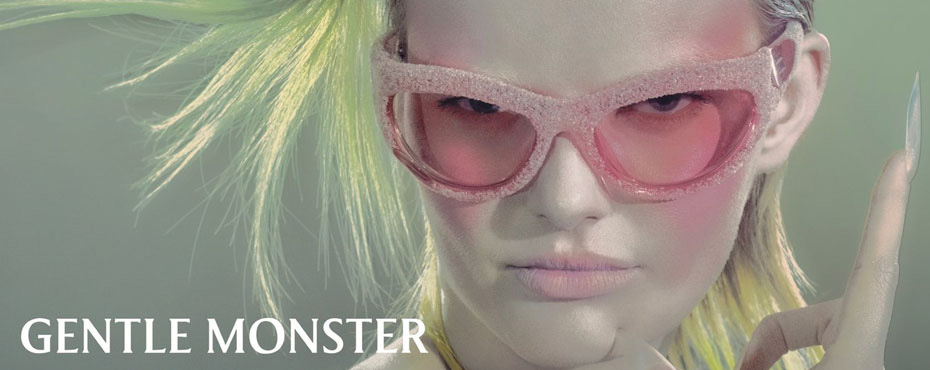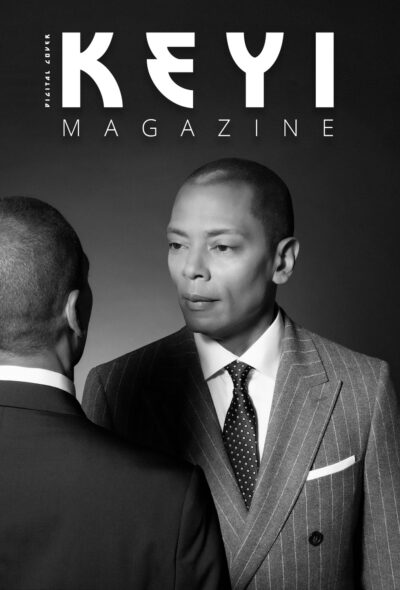David Carretta emerged as a pioneer of Electroclash in the early ’90s. His musical repertoire encompasses hard-edged electro, analogue techno, and retro-futuristic synth compositions. Despite 36 years passing (in 2024) since his debut release, Carretta remains in peak creative form, serving as a modern techno producer rooted paradoxically in the best of the 1980s.
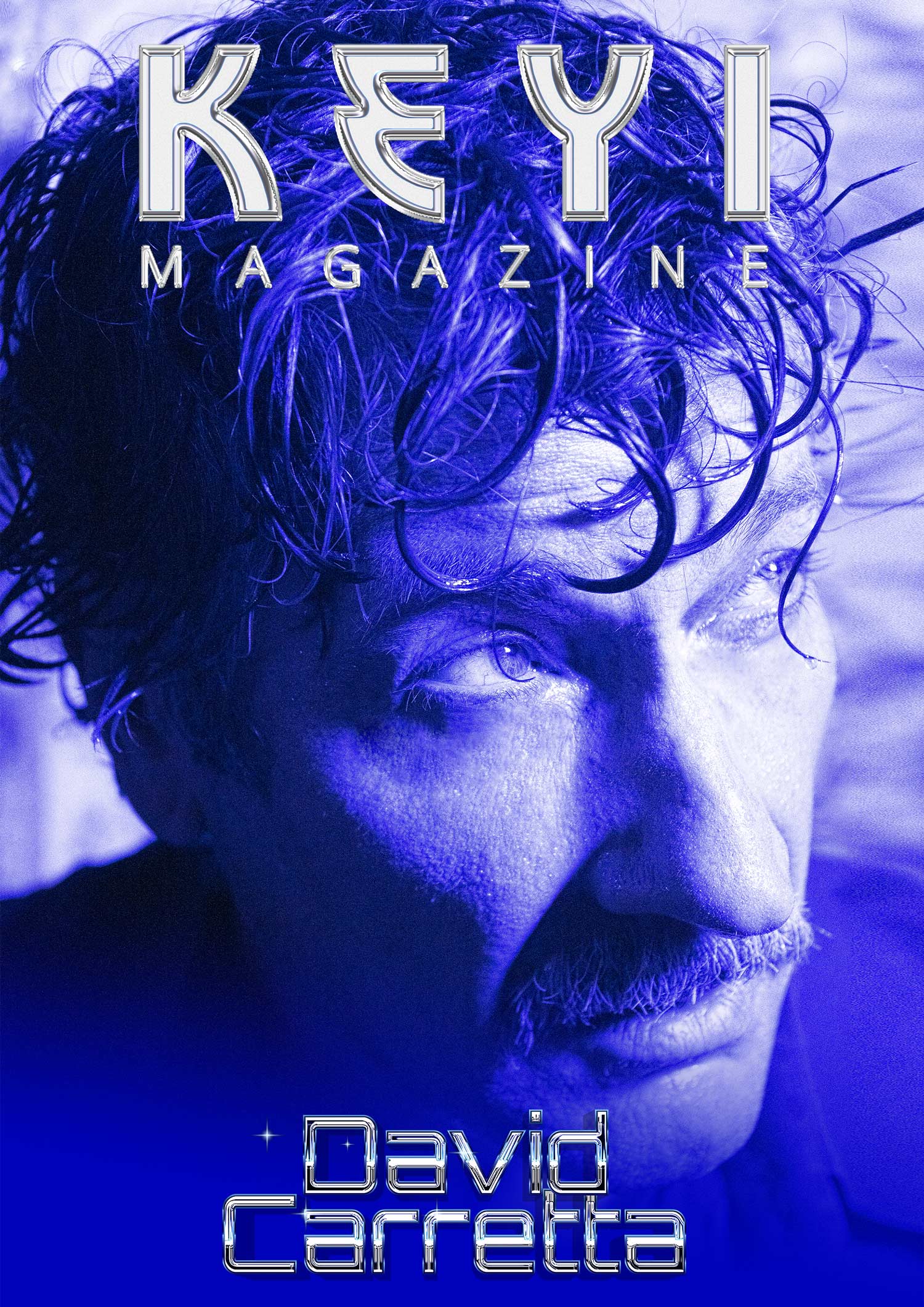
These days, it has become popular to mix Italo and EBM, but this is also something you and I were producing 20 years ago. Of course, they each have their own aesthetics and audiences – and yet, blending these styles often results in an explosive combination. What is it about this magical crossover that seems both absurd and absolutely perfect?
I don’t know, it’s the history of music, mixing influences and managing to invent a new style. I love the energy of EBM and the “cheap” and somewhat outdated melodies of Italo. It was natural for me to mix these two styles.
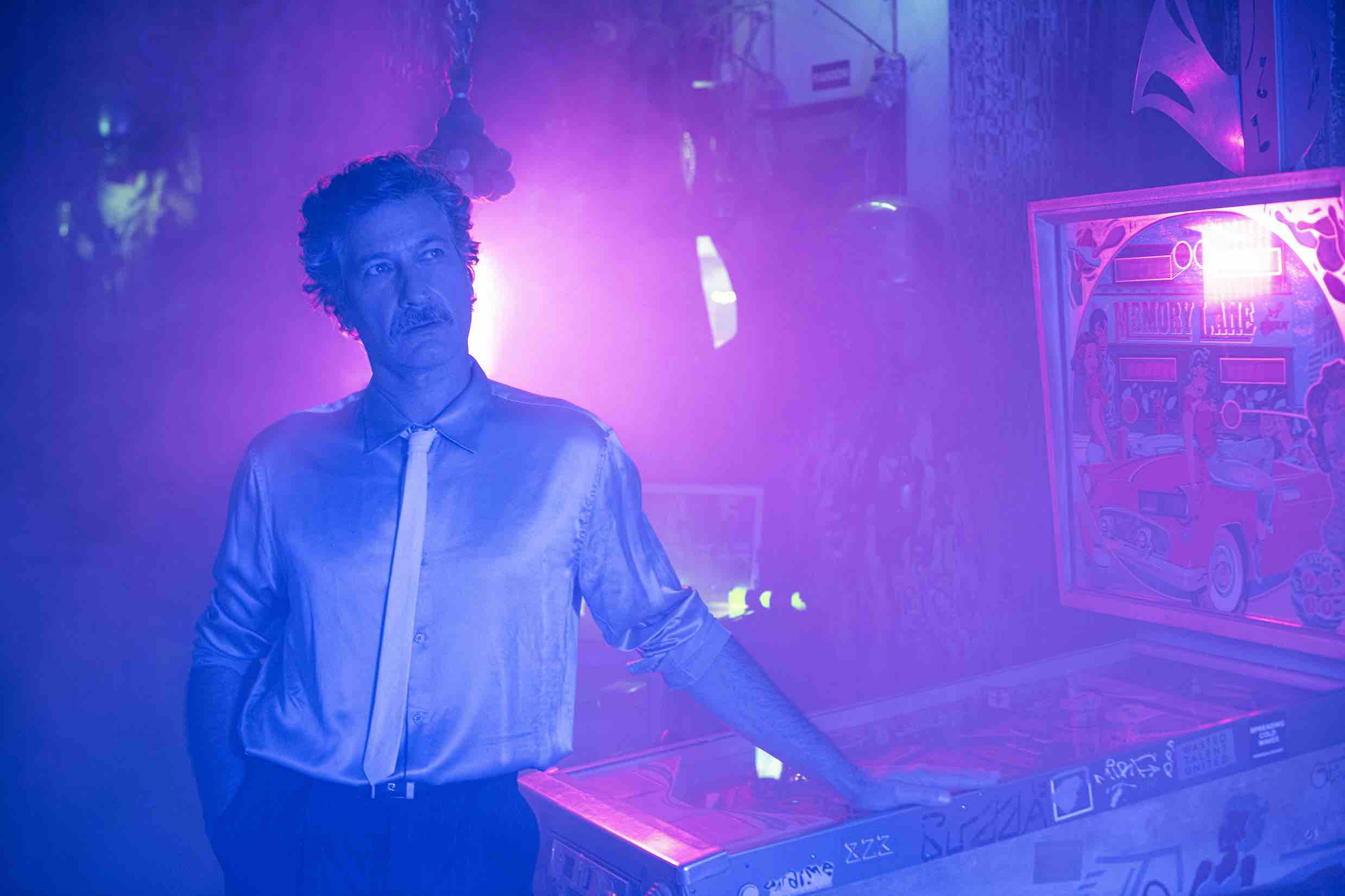
What do you think of the new generation of dark techno and industrial techno? And is there anyone in this scene who inspires you?
We are always inspired by what’s happening around us, even unconsciously. But it’s not really the style I prefer, I don’t really know this scene, it’s too confined as a style of music, no room for fantasy. I need to be able to express myself by trying to step out of the frame and not be framed into a specific music style.
In his solo album, “Nuit Panic,” spanning the last decade, Carretta showcases incisive and hypnotic melodies like “Visage” and “Prince de la cuite,” as well as “Dark Candies,” featuring Berlin artist Aga Wilk. These tracks underscore his fascination with Italo Disco and the seductive synth-pop tones reminiscent of New Order and Depeche Mode.
The album, with its martial beats and hypnotic synth lines in tracks such as “Come Here Come Down,” “Destination l’amour,” and “En cas d’urgence,” pays homage to the cold electronic sound of Electronic Body Music introduced by Front 242 and Nitzer Ebb. However, Carretta’s fourth solo album is not merely a replication of past music; rather, he draws on its DNA, vocabulary, and instruments, including iconic synthesizers like the Sequential Circuits Pro One and Korg MS-20.
Your studio is still packed with classics like the SCI Pro-One, Roland S-550 / MKS-30, Yamaha DX7, Korg MS-20, and a modified MS-10 that you used to take out live; however, you sequence and record with a modern version of Cubase that has evolved significantly since its introduction on the Atari ST in the 80s. What aspects of your use of Cubase have remained unchanged since the Atari days?
I use Cubase as a sequencer and arranger in the same way we did on the Atari. But what has changed is the audio and the plugins. Before, we recorded all the instruments live onto a 2-track DAT. When I bought my first Mac and Cubase Audio, it changed everything; it became a real multitrack recording studio. But I try to keep things as simple as possible, anyway, I never read user manuals, I hate that. So I use 30% of Cubase’s capabilities and that’s enough for me; I’m not a geek or a great technician, and I don’t enjoy spending hours thinking about a track. I’d rather go have a beer with friends!
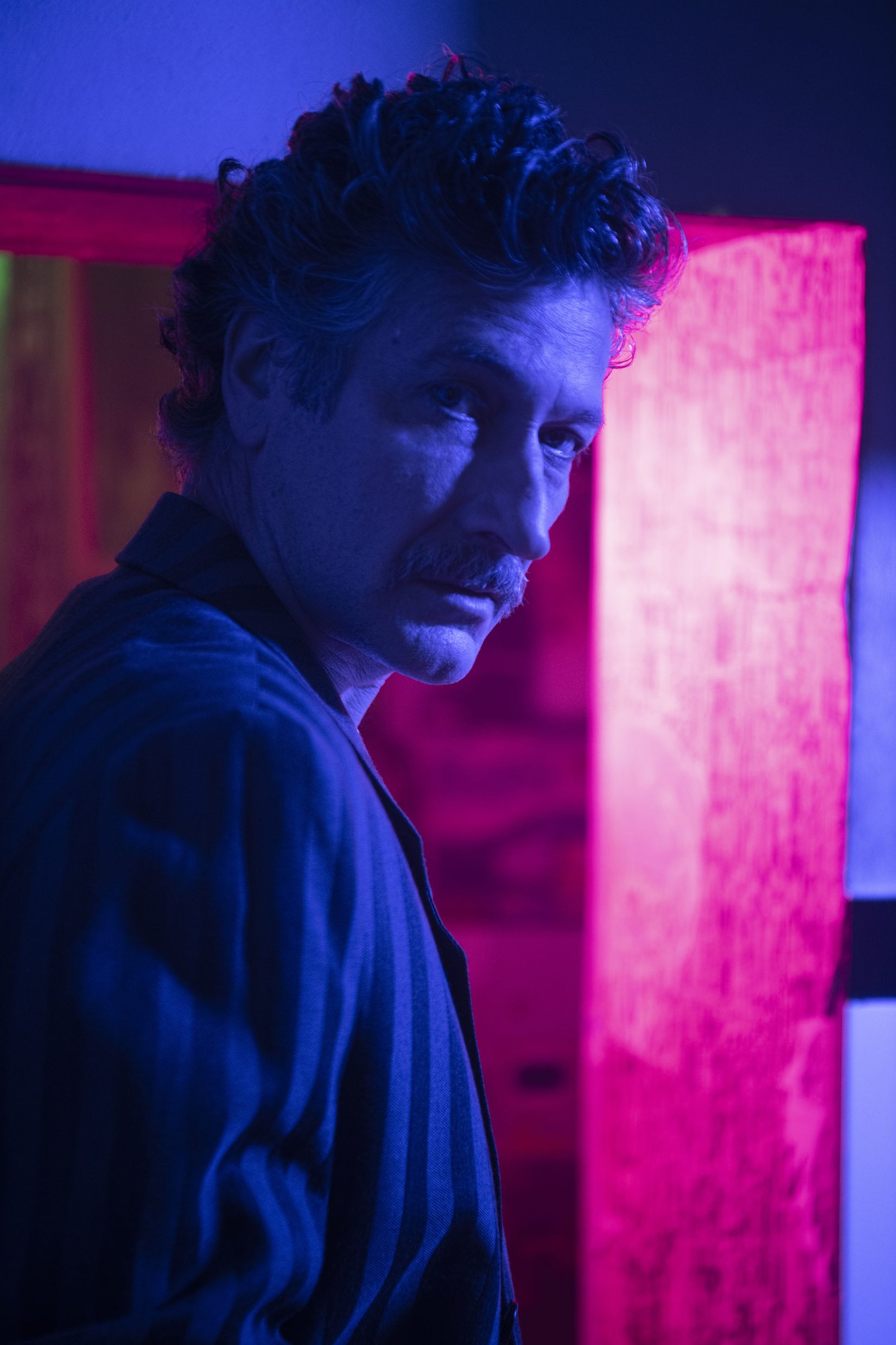
Beyond echoing the sounds of the 1980s, Carretta infuses these influences with the energy and rigor of techno, reminiscent of his contemporaries like The Hacker, Terrence Fixmer, Vitalic, and Gesaffelstein. His minimalist lyrics touch on contemporary and personal themes, with tracks like “Visage” satirizing social media’s selfie obsession and “Prince de la cuite” reflecting self-mockery or perhaps a dark irony.
The album’s title, “Nuit Panic,” encapsulates the dual themes of pleasure and fear, symbolizing the tumultuous sensations, potential drifts, and perilous situations one might encounter during a night of pleasure, dance, drinking, wandering, or fright.
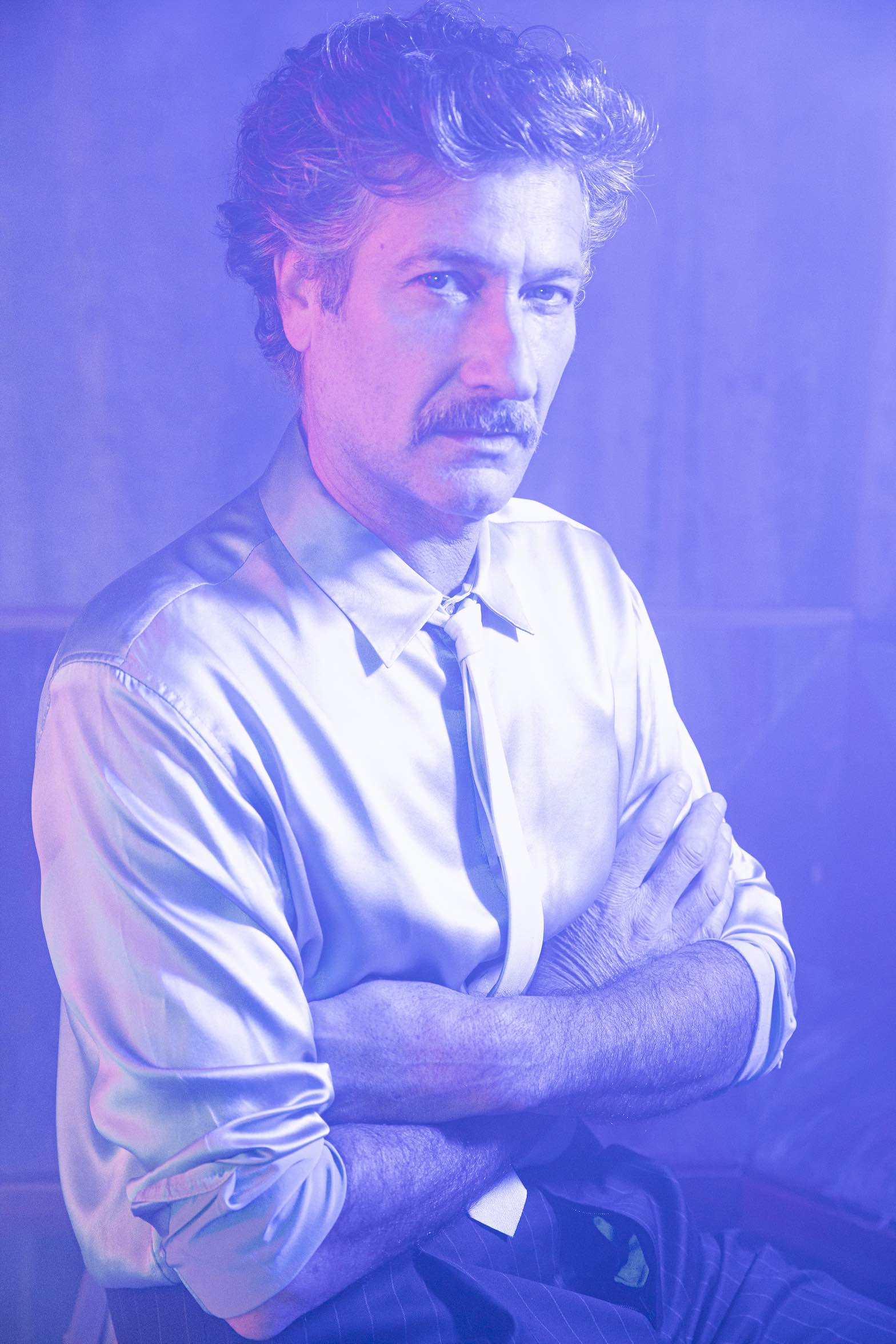
David Carretta’s journey began in his teens in the French southwest, influenced by punk and new wave, leading to the formation of his first band in 1988 with industrial or EBM undertones. His exploration of synthetic sonorities naturally progressed to New Beat, Acid House, and Techno in the late 1980s and early 1990s. Notably, his first single in 1994 on Harthouse, a label founded by Sven Väth, marked a pivotal moment. Two years later, his contribution to the German techno scene continued with the release of “Innerwood,” the inaugural EP for the legendary label International Deejay Gigolo.
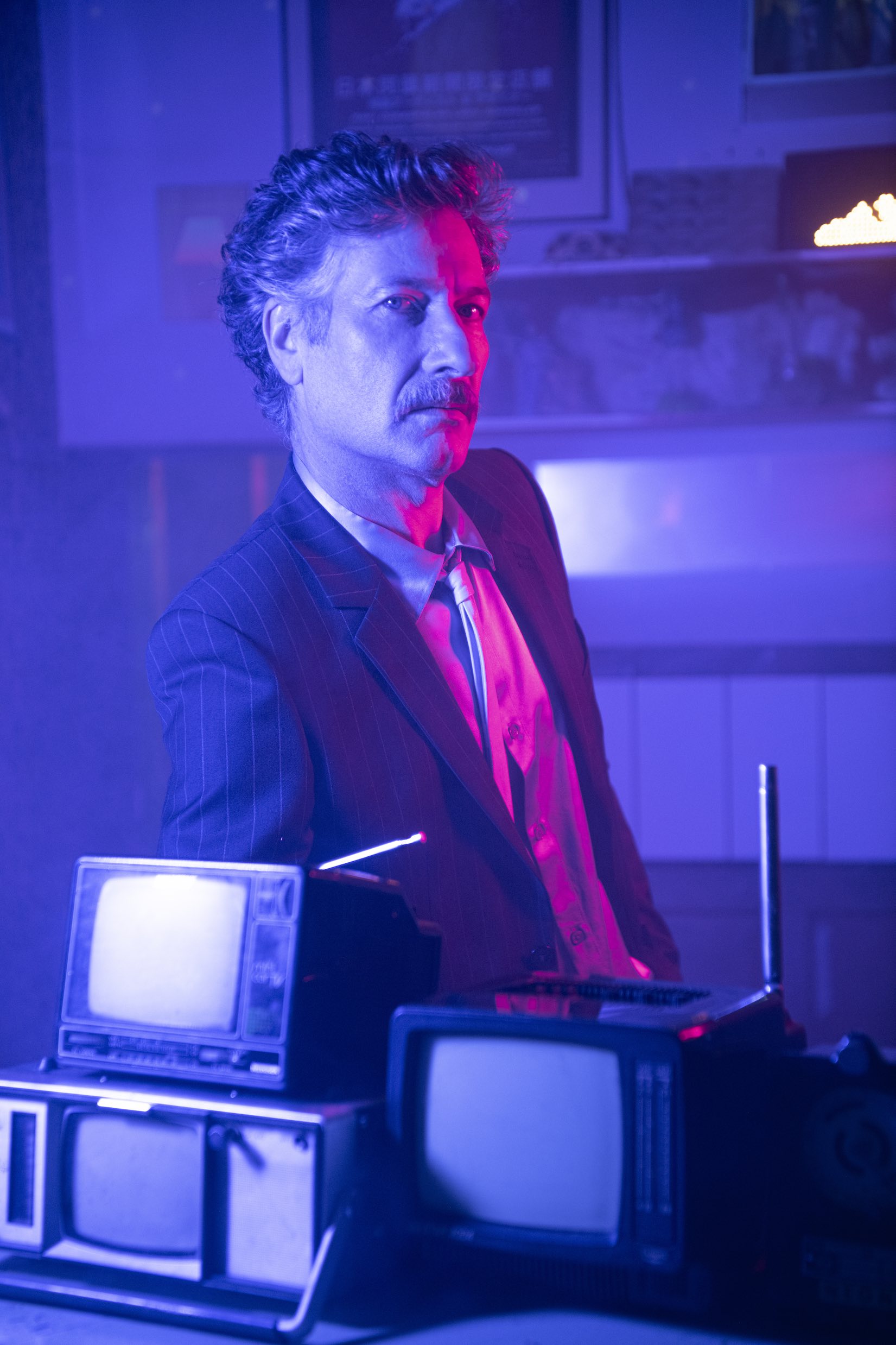
On the contrary, what part of your production approach has changed the most over the decades?
I try to improve sound quality and the final mix quality. But I noticed that by trying to improve and add effects everywhere, I sometimes lost the very essence of my style, which is quite “raw.” I wanted to change the sound, but in the end, it didn’t work, and I quickly returned to something more direct. When I play old tracks that I released in the 2000s, I realize that some still sound very good compared to current productions. It’s gratifying!
Speaking of which, in your latest collaboration with Kendal, you claimed that you “perhaps assimilate less well” and “after a while, it becomes more difficult.” However, wouldn’t you say that this also allows you to experiment more as a result?
Yes, that’s true. You spend 30 years absorbing all the musical changes, social networks, streaming, etc. … At some point, you say stop! But it’s always true that when working in collaboration with someone, each learns from the other, it’s always very interesting.
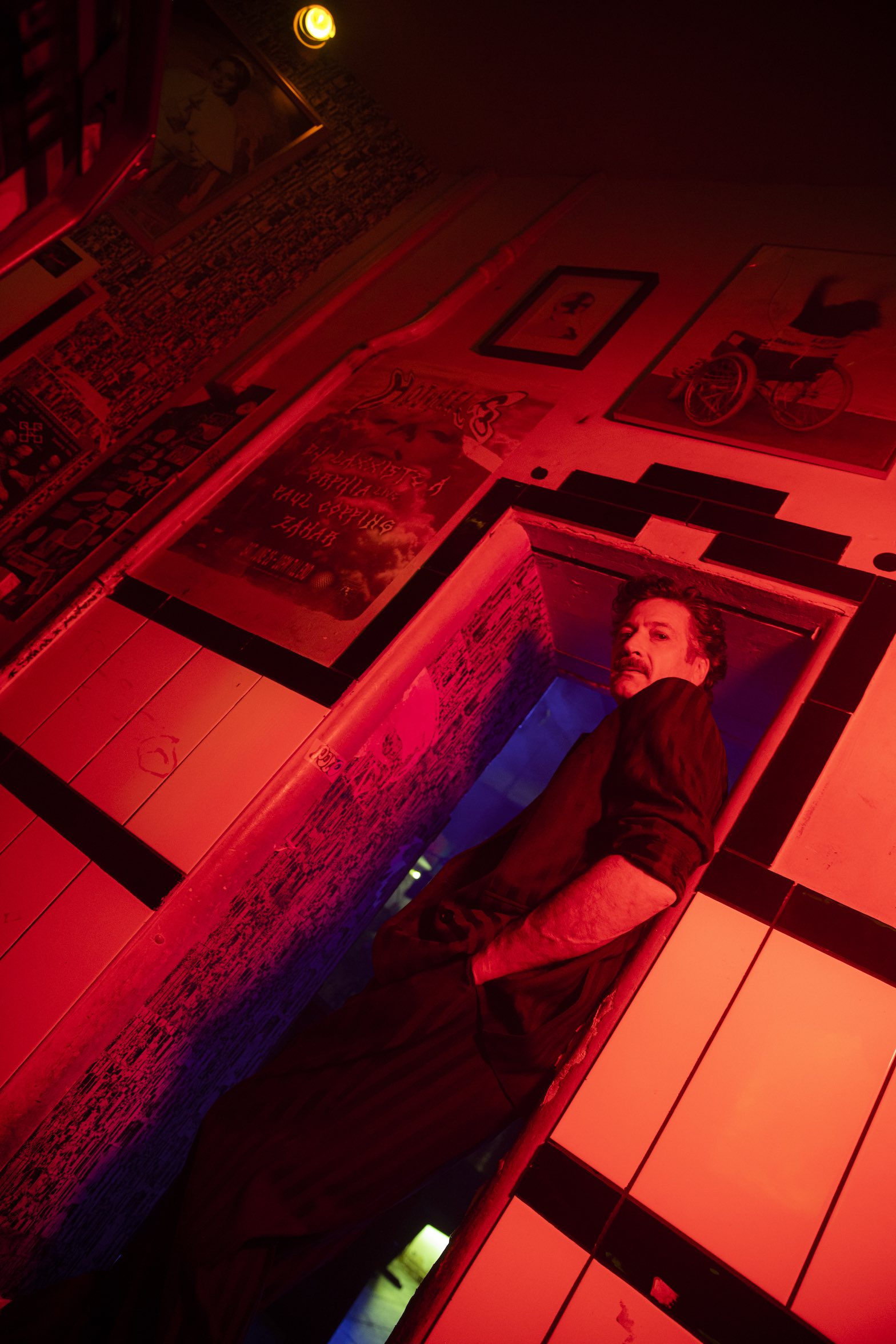
Are vinyl records still relevant, or are they simply a kind of art object given that very few DJs still use them?
It’s more of an art object in 2024, let’s be honest. But at the same time, they represent a completely different era that respected music and the work of musicians. Vinyl records took time to circulate, they were desired, awaited, and once bought, they were cherished and loved by their owner; it’s a REAL OBJECT. An mp3 file represents nothing, it’s like air, you don’t care if you lose it; you can easily find it again, it’s worthless! I have two daughters aged 19 and 12, and they know what a vinyl record is. For my oldest, I bought her a turntable and often give her vinyl records, and she loves it. The youngest has access to my Technics and my vinyl records. I also try to ensure they have access to all past music; it’s important they know how things were in the 80s and 90s. It shows them values that no longer exist. Telling them that music has value, that someone spent time making this music, that it wasn’t an AI that churned out an mp3!
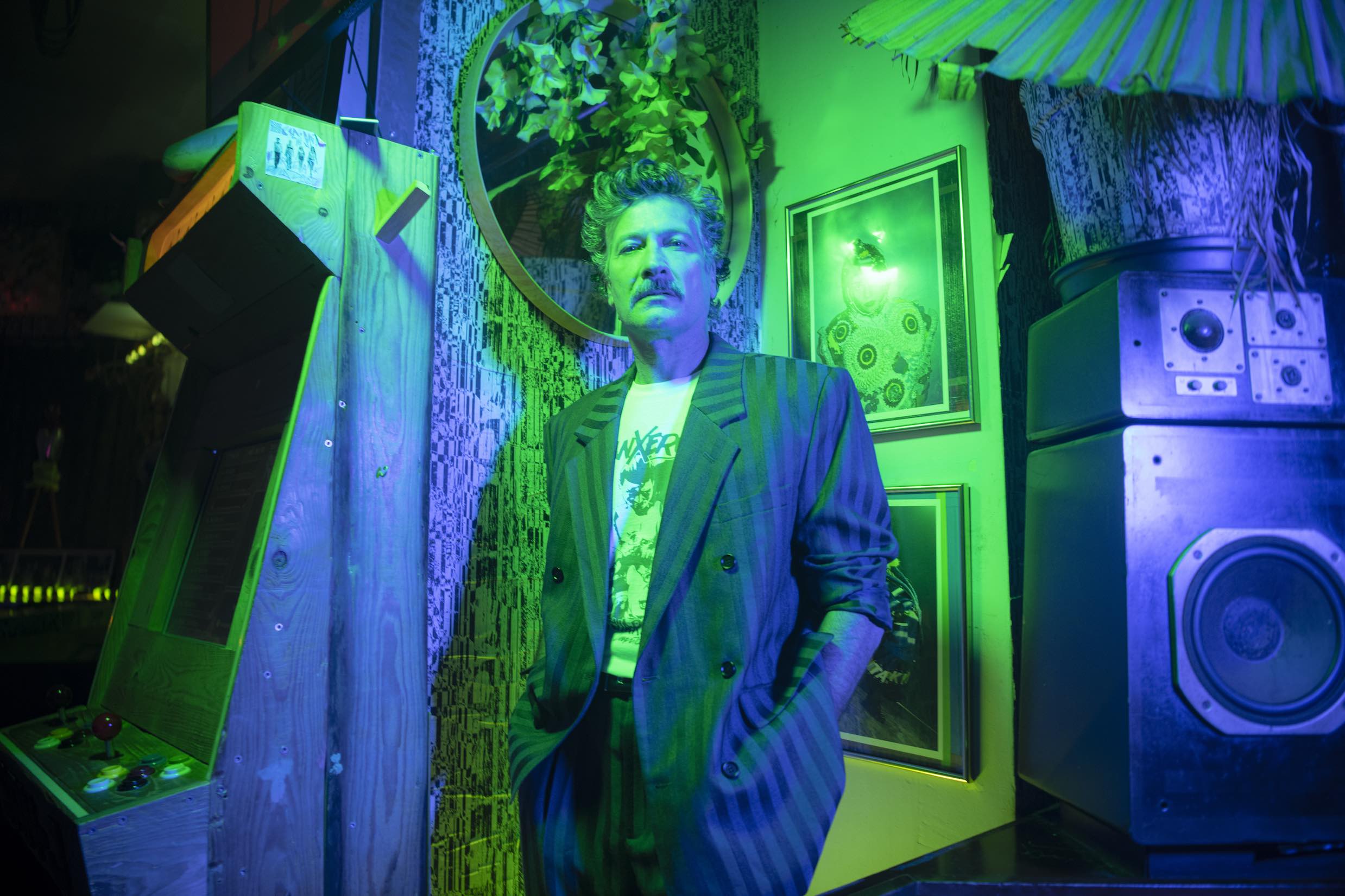
While his European presence persisted, Carretta experienced a career resurgence with the release of his LPs “Le Catalogue Electronique” (1999) and “Kill Your Radio” (2004) during the Electroclash era. His track “Vicious Game” in 2001 became an iconic piece of the genre, and in 2004, he founded Space Factory, a label showcasing various artists.
After a quieter period, Carretta returned to the scene in 2015 with retrospective compilations and a series of maxis, demonstrating the enduring influence of the Carretta sound. The electro scene’s ongoing renaissance, exploring forgotten currents of its history, has found inspiration in Carretta’s extensive career. “Nuit Panic” serves as a potential wellspring for a new generation of DJs and producers exploring the intersection of techno, industrial music, and EBM in the underground clubs of Berlin, Paris, and Moscow.
Do you still want to play live, maybe even with Kendal?
Yes, I would like to, but I feel it’s a lot of work for nothing. Do the new generations realize the amount of work it represents? I don’t know.
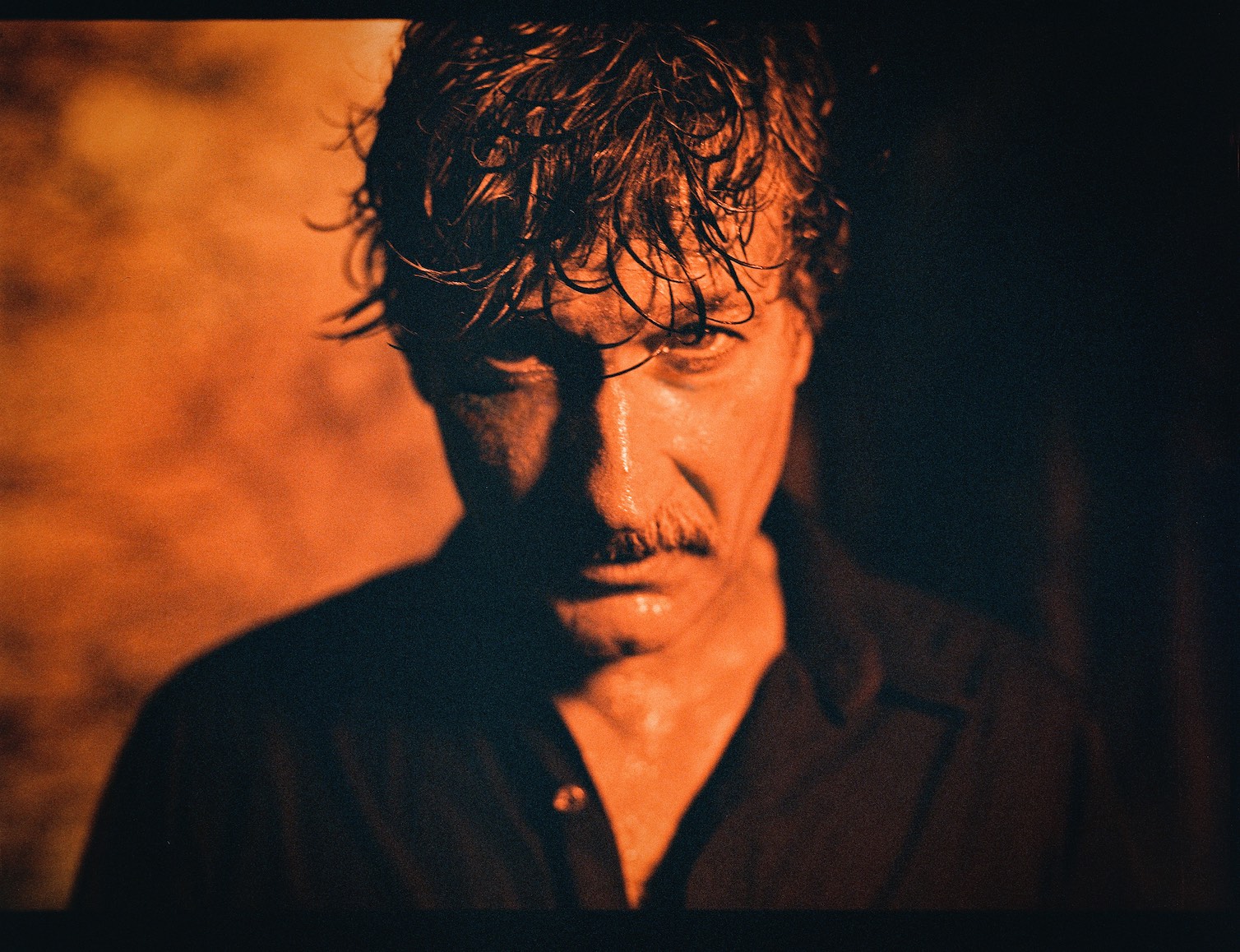
If you could collaborate with any musician, living or dead, who would it be and why?
I’ve never been very comfortable with collaborations. You have to impose your ideas, and I don’t like imposing my ideas; there’s also a form of shyness. But with age, I’ve gotten better, and I find pleasure in collaborations. What I’d like most of all is to rediscover the harmony of a music group, together, like in my first group Art Kinder Industrie. I would have liked to share all these years with someone else. It was somewhat the case between 1998 and 2004, during the Gigolos Records years; it was like a family, we felt less alone. With my friends from Zone Records too, there was a period when I felt that.
If you had a time machine, could you go to three events from the past to perform again, where, when, and what events would they be?
- Ultraschall Munich 1998/2000
- WMF club 1998 – Berlin Love Parade
- Sonar festival Barcelona 2004
Thank you, Michel and Ana, Izabella and Greg!
interview by Michel Morin aka INVOLUCIJA, Photography by Keyi Studio, Styling by Servulo Mendez
Photos / Art @eyes_dice & @berlin_bunny_
Makeup / Hair @servulomendez
Assitant @_dagger_nc
Legend David Carretta
and more music features here
Our next KEYI event at ELSE is coming soon!
More info here



